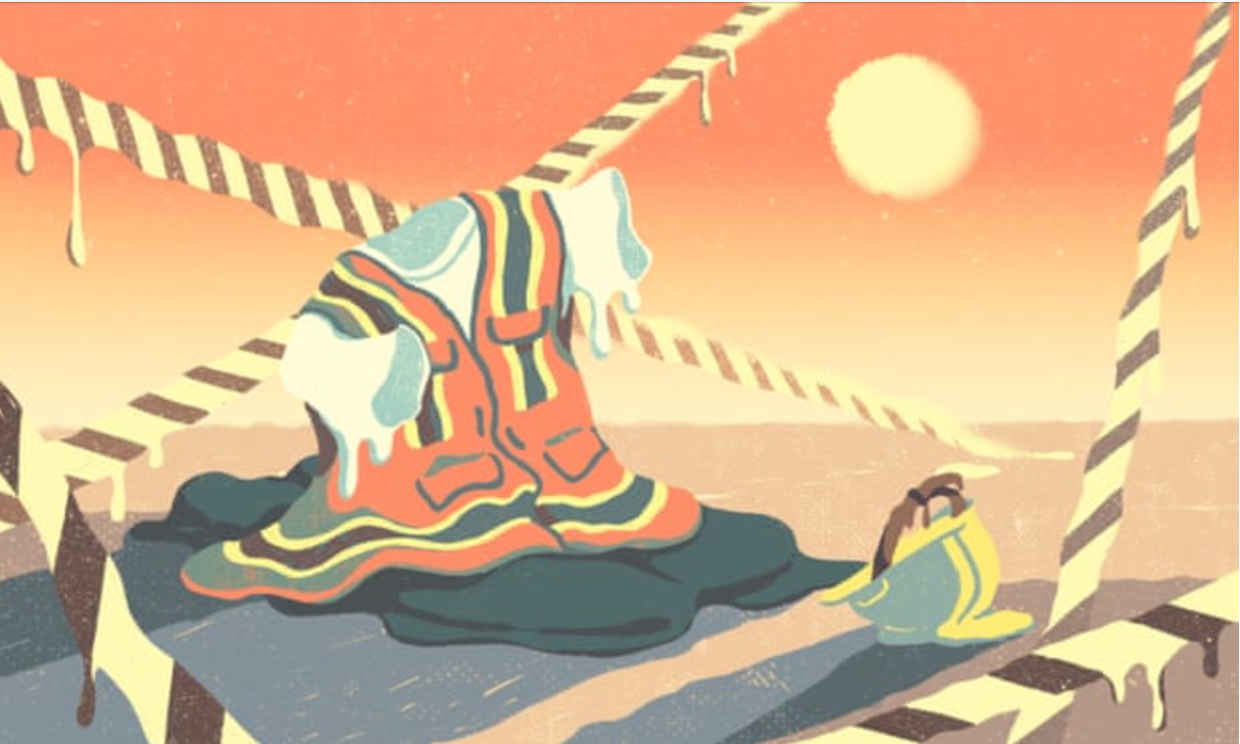Race and Heat: Occupational Risk in Regards to Heat Exposure

By: Desiree Eshraghi, Christine King, Chelsea Tran
Racial minorities are more likely to experience higher occupational heat exposure and suffer worse from heat-related illnesses.
Heat exposure is the primary weather-related cause of death in the United States. As climate change progresses, Americans are more at risk for heat exposure and the illnesses that arise from it. These illnesses include heat exhaustion, heat cramps, and heat stroke. In California, the rising climate has resulted in an increase in heat waves and wildfires. Los Angeles residents have specifically suffered from heat exposure yet this exposure is not felt equally. Through research, heat inequity is a primary concern for people of color residing in Los Angeles. These ethnic and racial variances in regards to heat-related illnesses may be due to differences in occupation, housing, shade availability, etc. These differences in heat exposure leads to higher rates of emergency department (ED) visits and morbidity among communities of color than their white counterparts. America’s history of slavery and racial persecution and discrimination has laid the foundation for race in the United States today. The past’s framework has shaped social inequities that tie into what occupations are more common among which racial groups. Jobs requiring less education are typically occupied by individuals of color, which can be credited to structural inequalities resulting from this history. These jobs usually require outdoor work, leaving many vulnerable to the heat and illnesses resulting from heat. However, despite how significant numbers of workers have experienced severe heat-related illness and death during heat waves in recent years, exertional work-related heat-illness is still under-reported and ill-captured by existing data-collecting systems (Heat Adaptation Workgroup).
comments powered by Disqus